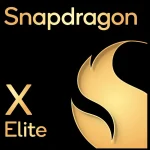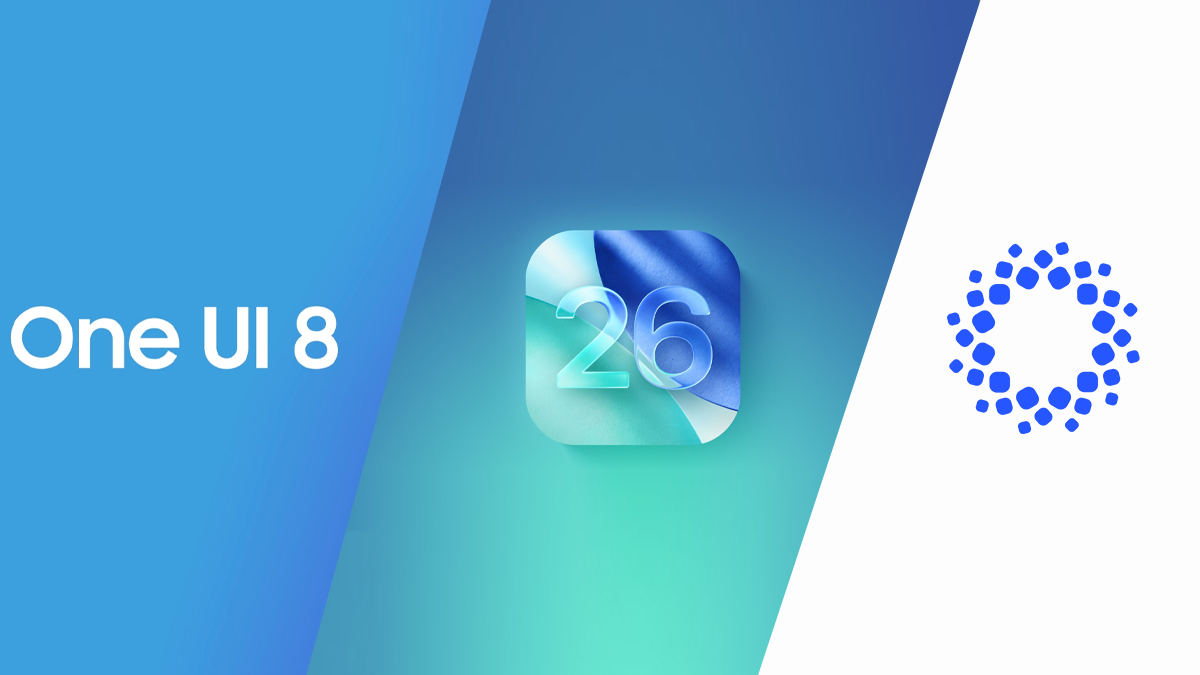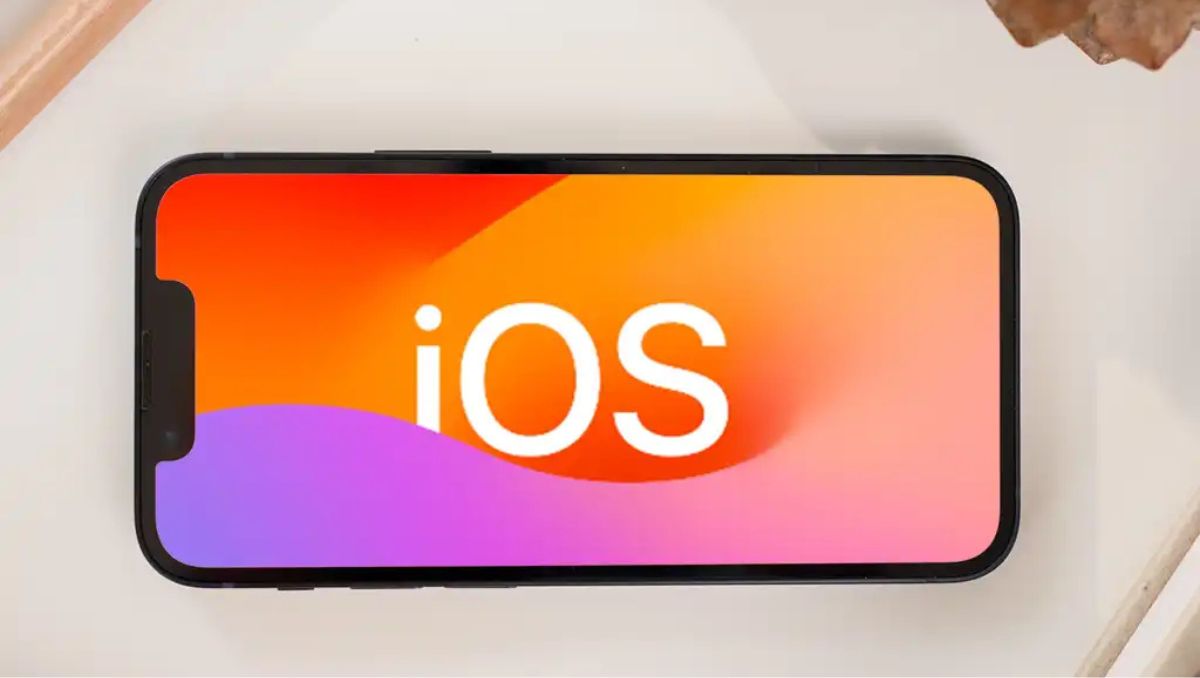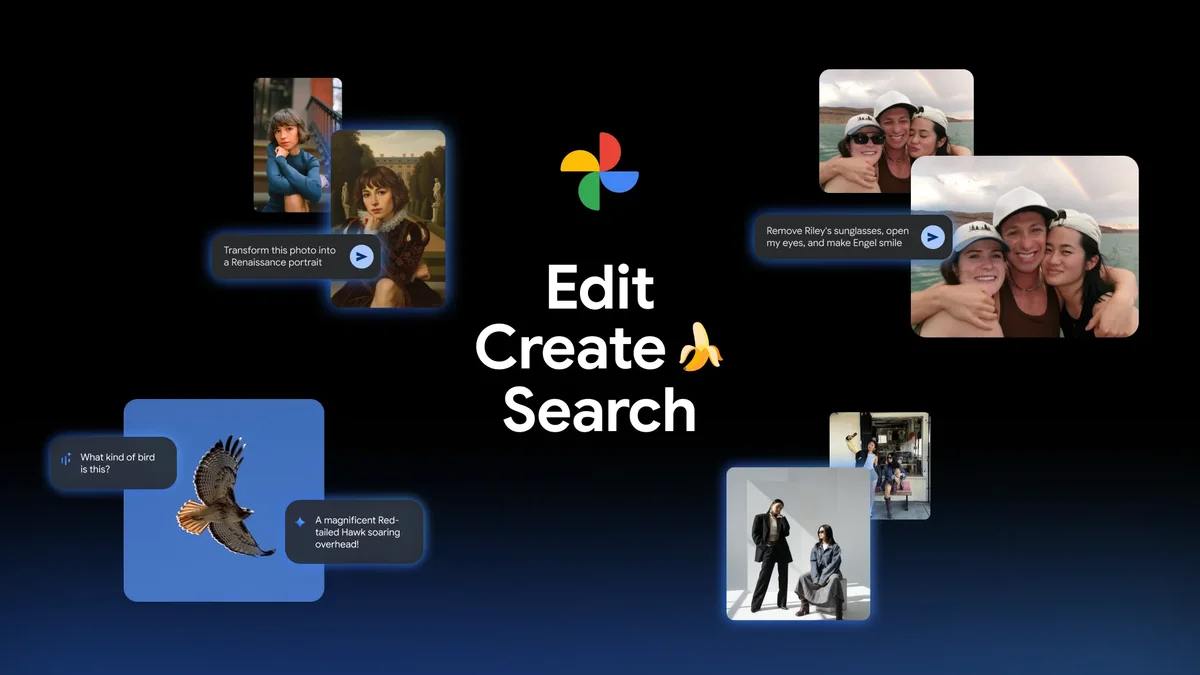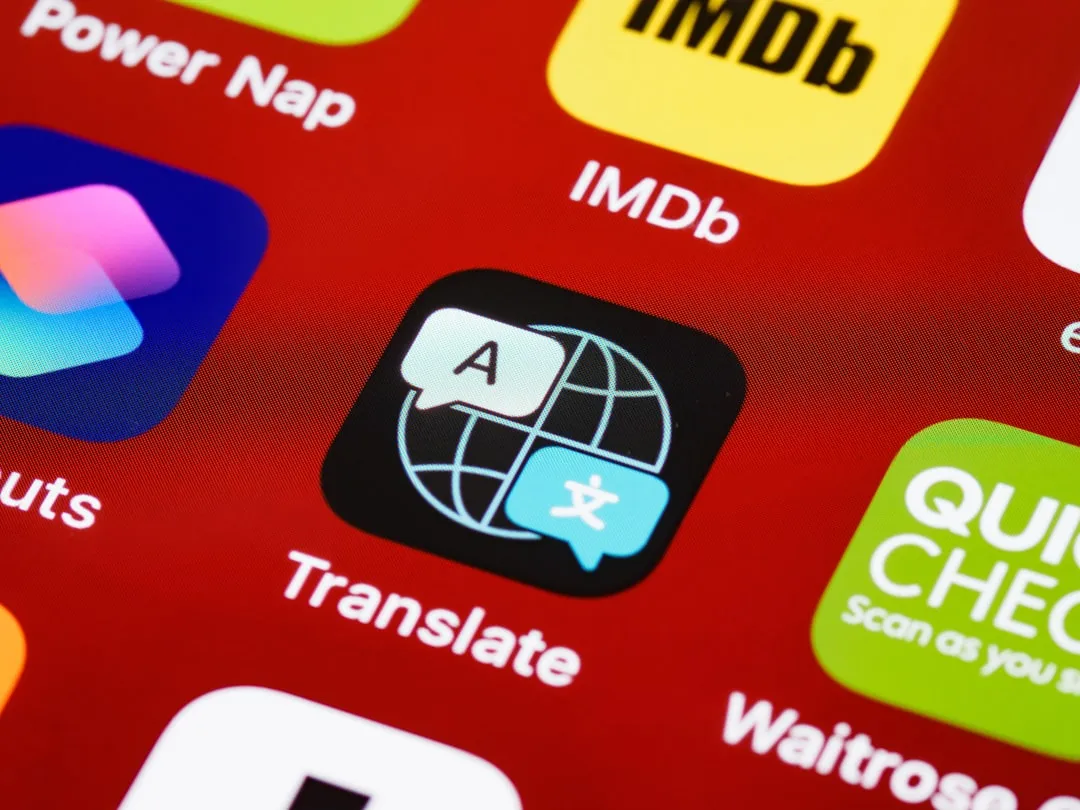In 2025, the mobile operating system market has transcended the realms of hardware competition and entered a new era characterized by AI integration, ecosystem development and design optimization. The market is governed by three schools of operating philosophy: Xiaomi HyperOS 3, Samsung OneUI 8And Apple iOS 26. The operating philosophy of each operating system dictates the operating principles, each differing in Apple’s Design Centric attitude, Samsung’s Utility Smart approach and Xiaomi’s Ecosystem Centric hybrid model.
Within this dynamic ecosystem, Xiaomi strives to harmonize quality design and open flexibility. On company basis Human × Car × House vision, HyperOS 3 succeeds in the company’s initiatives, combining aesthetic flexibility and intelligent connectivity between devices ranging from smartphones to cars.
Apple iOS 26: the “liquid glass” paradigm
In The Visual Transformation Is So Radical They Called It a Liquid glassthe most radical change to their UI since iOS 7. The semi-transparent UI copied the optics of glass, as glass indeed reflects and refracts light dynamically. Although its aesthetic effect is spectacular, users have complained that it does not read well, which is why they included a Tinted fashion in their iOS 26.1 upgrade, a rare departure from Apple, which often prioritizes aesthetics over utility.
Samsung OneUI 8: Pragmatic intelligence
Samsung’s approach elevates reliability and AI integration rather than focusing on what’s in the visuals. The decision to transmit that of Google Material 3 Expressive The design philosophy enhances Samsung’s gesture of independence by centering its approach on reliability and productivity features such as Knox, DeXAnd AI Agents. OneUI 8 therefore makes a clear distinction as a standalone operating system.
Xiaomi HyperOS 3: Hybrid, or rather “Premium”
HyperOS 3 combines the sleek interface features inspired by iOS with the flexibility offered by Android operating systems. The new operating system features rounded icons, smooth blur effects and the HyperIslandwhich is the name of the Xiaomi interface for a feature similar to Dynamic Island found on other devices from a competing brand, iOS. The new operating system will feature an interface familiar to iOS devices but will still have strong roots in Android, as designed by the developers
Control center: freedom versus refinement
- Apple iOS 26: Offers full customization, so users can move, resize and organize tiles, which is Apple’s first big step toward customization.
- Samsung OneUI 8.5 goes even further, allowing button resizing, which is a perfect optimization for power users.
- Xiaomi HyperOS 3on the other hand, provides visual sophistication but insufficient personalization. Even if it is Live blur effect provides immaculate clarity, flexibility of functionality is subordinate to his peers. For Android operating system
Home screen intelligence
- The Samsung company transforms its launcher into a “AI-powered query hub” using Finder AI, which supports various other AI models, including Gemini and Gauss AI. The Samsung company is changing its
- Apple stress Personal aesthetic checkwhich involves the placement of widgets and Apple Intelligence features on device.
- XiaomiIt is HyperAI improves the launcher by making it one ecosystem control centercapable of connecting phones, tablets as well as smart devices around a person’s living space. Additionally, the technology offers functions such as AI writing, image recognition and voice transcription.
Animation and navigation: the feeling of speed
- Apple iOS 26 employs a Physics-based Jelly Effect which simulates realistic movement.
- Xiaomi HyperOS 3 achieves near-iOS smoothness with responsive transitions, especially on flagship models. However, animation performance varies across hardware levels.
- Samsung OneUI 8 emphasizes speed and consistency, prioritizing responsiveness over aesthetic expression.
Update Strategy: Three Paths to Longevity
- Apple continues to dominate concurrent deploymentrolling out iOS updates globally to all eligible devices on day one.
- Samsung leads to software longevityoffering up to seven years of support for flagship models.
- Xiaomihowever follows a broad deployment strategytargeting a wide range of devices across all price segments, reflecting its commitment to inclusiveness rather than exclusivity.
Final Thoughts
The OS 2025 competition is a question of performance, but even more, of philosophy.
- Apple Perfect beauty and emotion.
- Samsung masters function and control.
- Xiaomi sales ecosystem unity and user freedom.
HyperOS Downloader
Easily check if your phone is eligible for the HyperOS 3.0 update!




